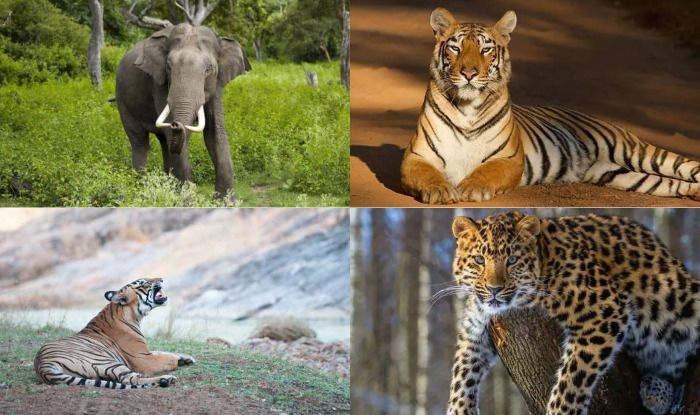World Wildlife Day 2021: March 3 is globally recognised as World Wildlife Day. This day is dedicated to celebrating and raising awareness of the world’s wild fauna and flora. United Nations noted, “Though World Wildlife Day is an annual celebration, wildlife conservation is an issue that needs attention and action every day.”
On the occasion, Prime Minister Narendra Modi laid emphasis on the protection of forests and safe habitats for animals and also extended gratitude to those working towards wildlife protection.
Taking to Twitter, he highlighted that India is seeing a steady rise in the population of various animals.
“On #WorldWildlifeDay, I salute all those working towards wildlife protection. Be it lions, tigers and leopards, India is seeing a steady rise in the population of various animals. We should do everything possible to ensure protection of our forests and safe habitats for animals,” PM Modi tweeted.
Union Environment Minister Prakash Javadekar said that the Narendra Modi government is working on the reintroduction of Cheetah, which went extinct in 1952.
“India has thriving wildlife and biodiversity. 70 per cent of Global Tiger population. 70 per cent of Asiatic Lions. 60 per cent of Leopard population. The Narendra Modi govt is working on reintroduction of Cheetah, which went extinct in 1952….this Big Cat will be a reality soon. #WorldWildlifeDay,” he said.
Significance of World Wildlife Day:
On March 3, 1973, the Convention on International Trade in Endangered Species of Wild Fauna and Flora (CITES) was signed, therefore, the 68th United Nations General Assembly (UNGA) announced on December 20, 2013, the same day would be celebrated as World Wildlife Day.
Meanwhile, the idea was proposed by Thailand.
World Wildlife Day 2021 theme:
The UN has announced the theme as “Forests and Livelihoods: Sustaining People and Planet.” This year, the day is dedicated to the livelihoods of communities that rely on forests, and the value of these ecosystems for both wildlife and all of humanity.
As per Cites, it seeks to shed light on the links between the state of our planet’s forests and woodlands and the preservation of the millions of livelihoods that depend directly on them, with particular attention to the traditional knowledge of the communities who have managed forest ecosystems and its wildlife for centuries.
(With inputs from ANI)
